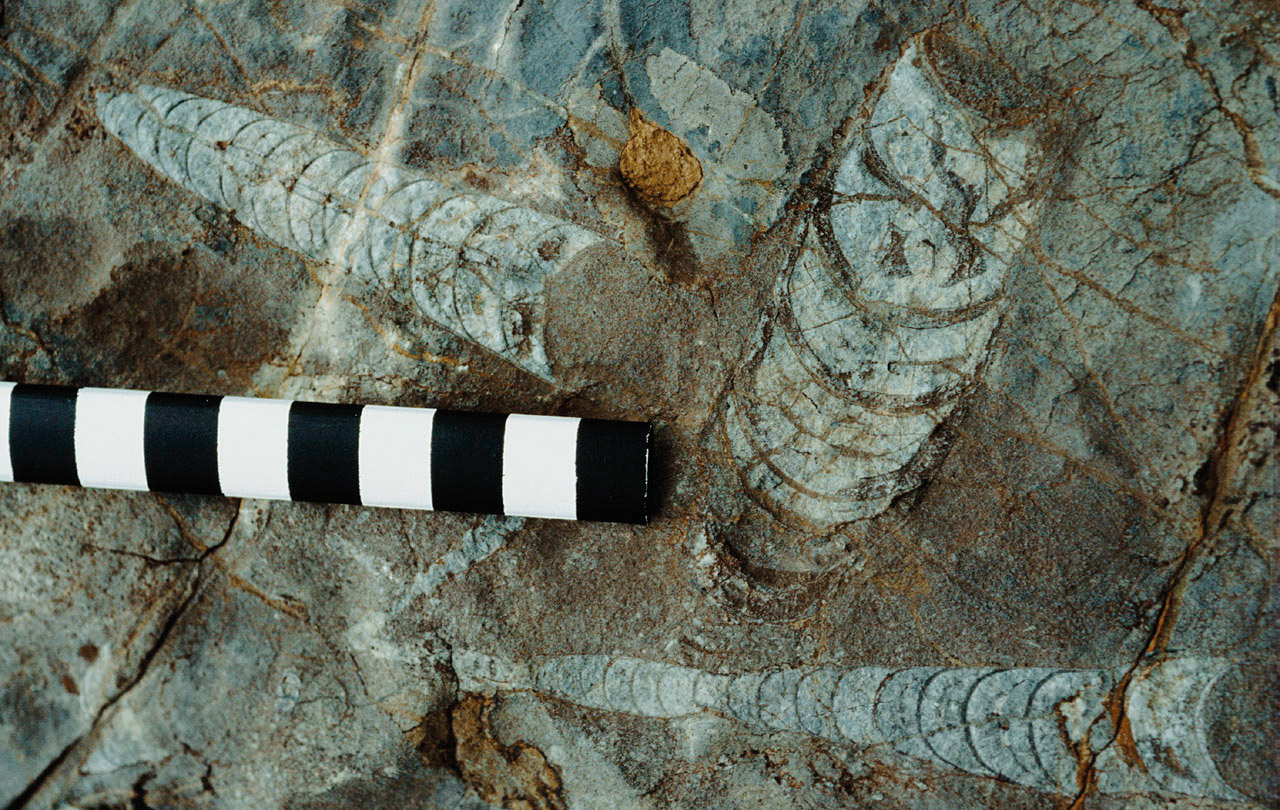The brown deposits of the Mount Cocco Formation attest to an open sea expanding here about 430 million years ago. These deposits show incrustations of iron and manganese and are rich in orthoceratids (cone-shaped shells). A completely different type of rock emerges about 25 meters to the South-West: the blackish schists of the Bischofalm Formation. These outcrops are composed of siliceous rocks and deposits of a calm and deeper marine basin. The Silica derives from radiolarians, tiny unicellular organisms. The little presence of currents in the deposition sea basin has resulted in a shortage of dissolved oxygen in water; for this reason, the organic material deposited has not decomposed but accumulated in the rock in the form of carbon.
Cerca
Ultimi Post
- The temporary exhibition “The Wonders of the Underworld – Ampezzo, 20th June 2020
- The Geological Museum in Ampezzo opens next Saturday
- The temporary exhibition “Fossil fish from the Friulian Alps” opens again
- Coronavirus Emergency – extraordinary closing
- Presentation conference – book “INSIDE THE CARNIC ALPS” – Udine, 25th June 2019

